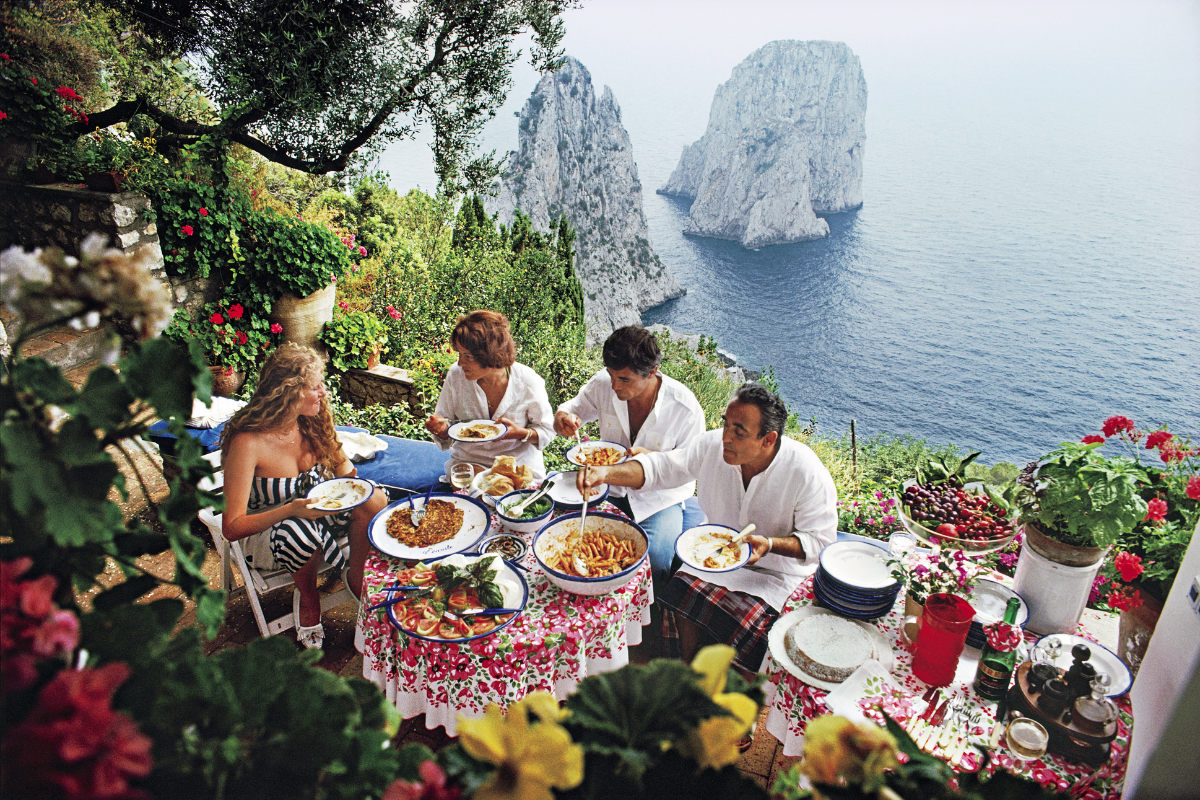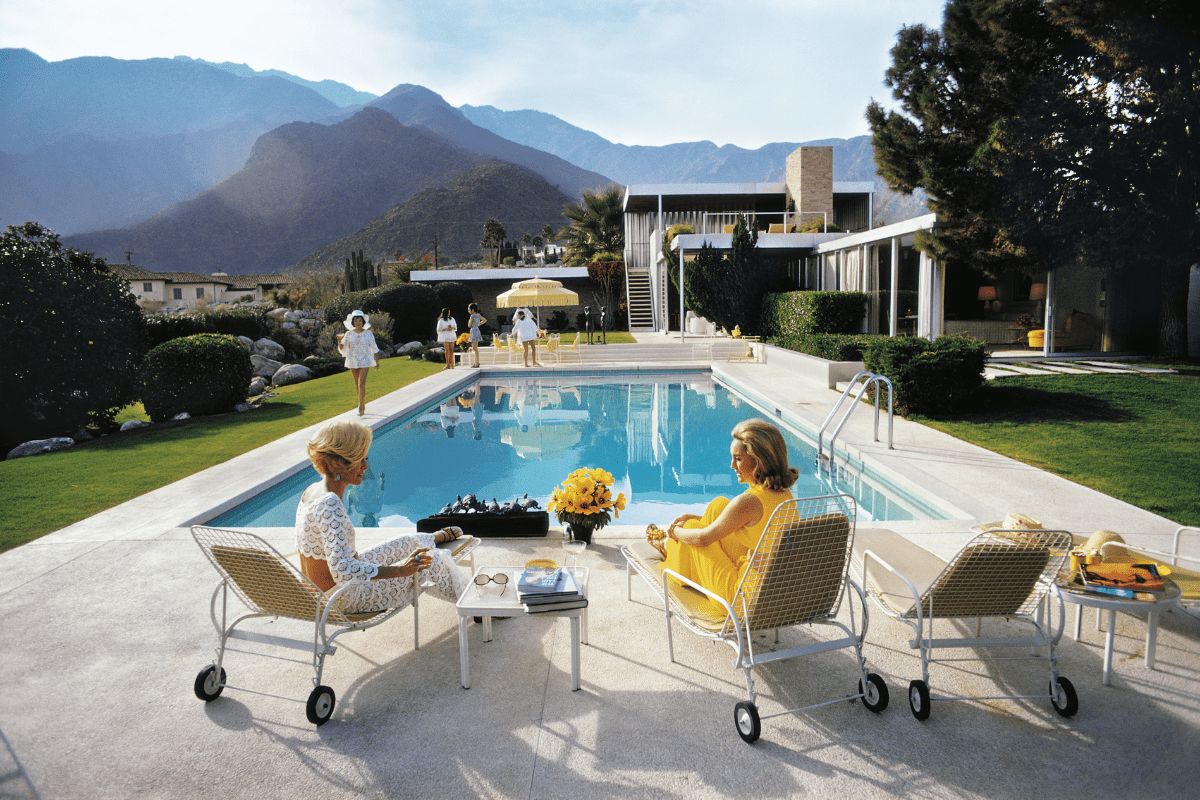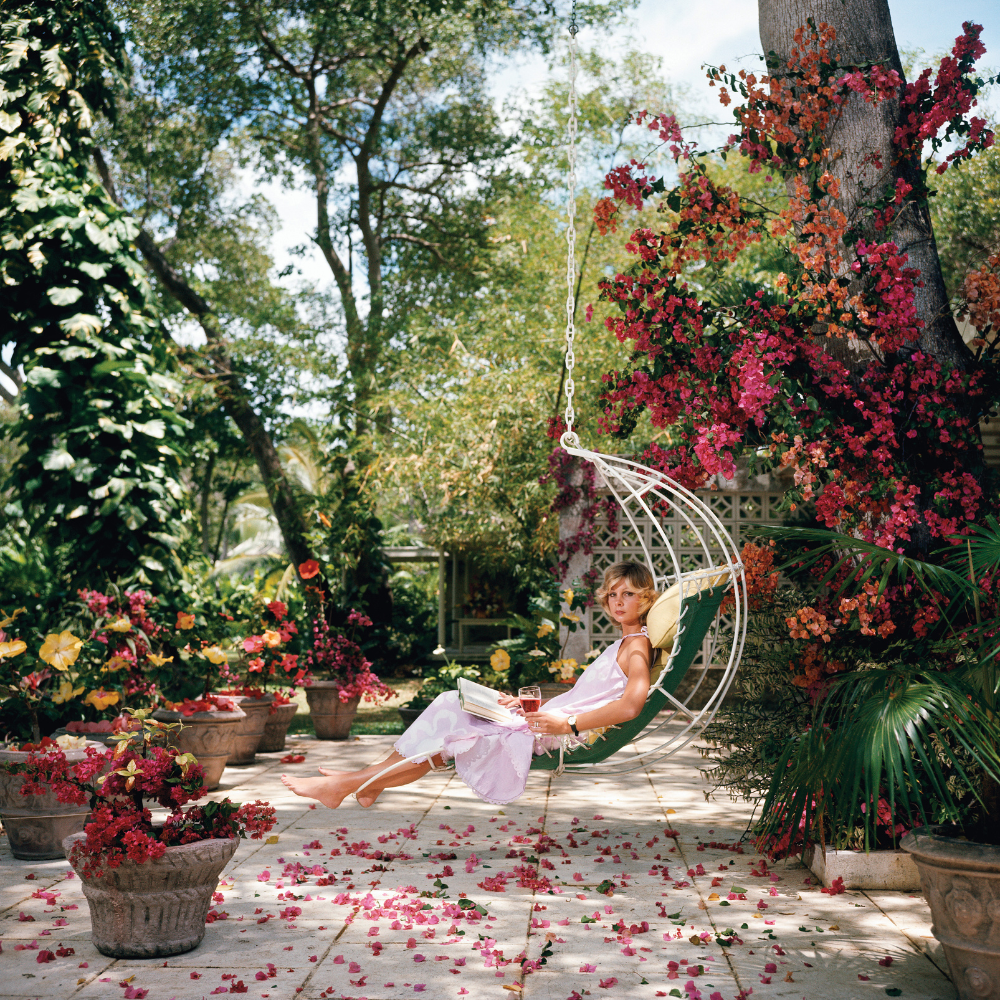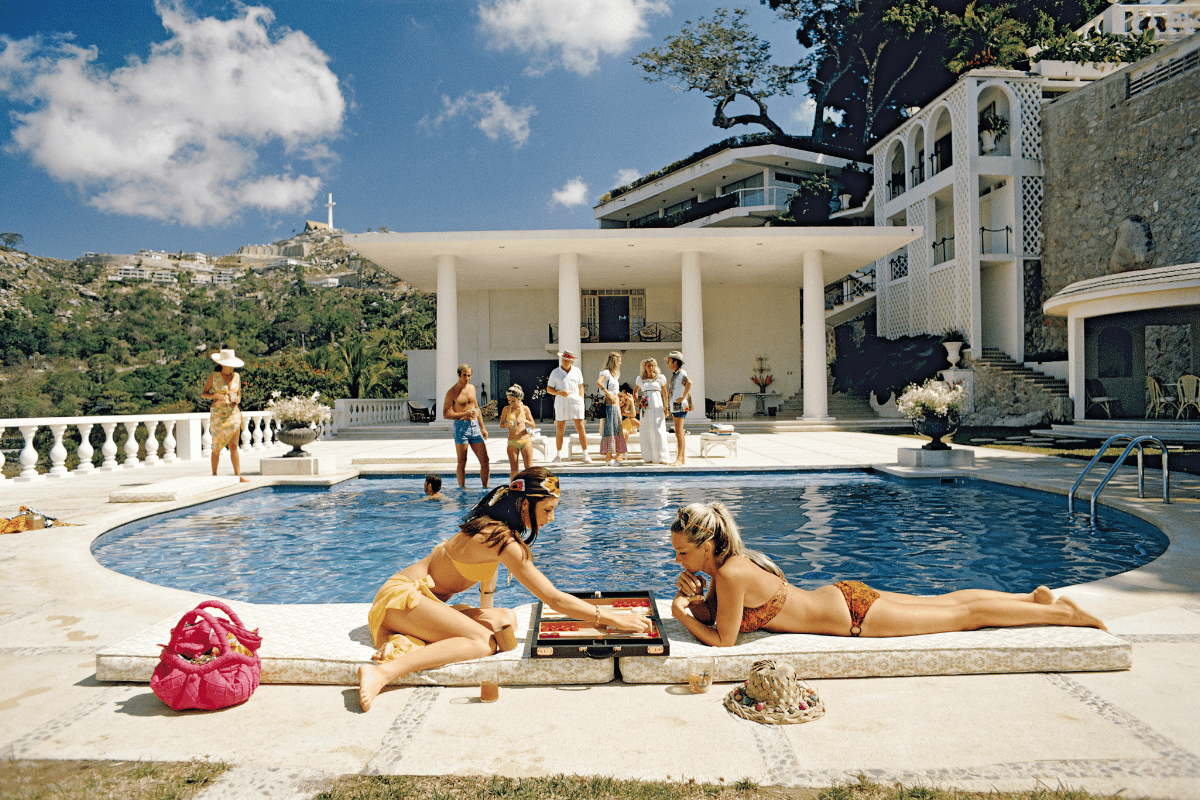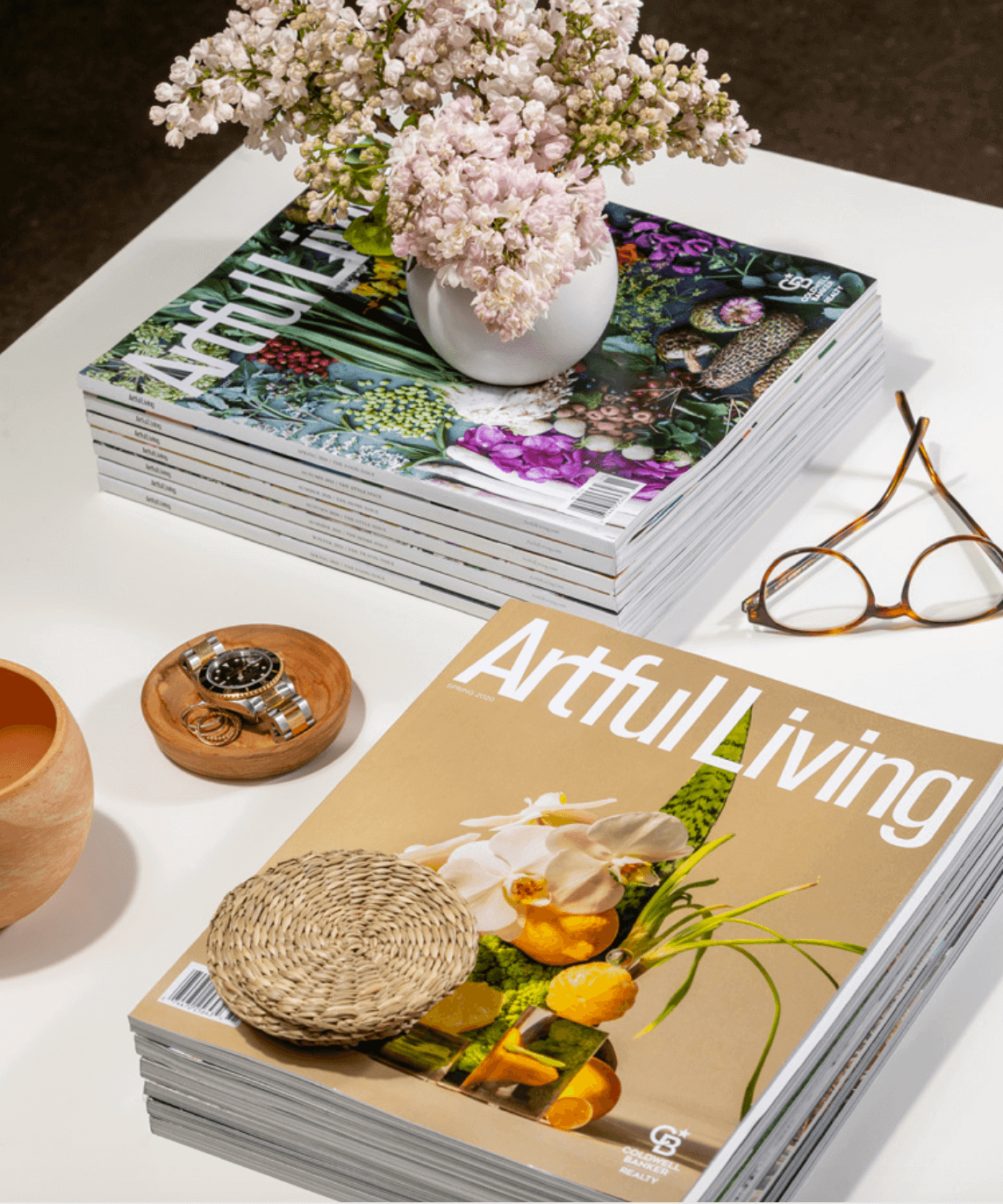Of the meaningless slogans that define our 21st century world, “living your best life” is among the tritest. Sufficiently vague as to be meaningless, it echoes the hollow tone of a dime-store self-help manual, while cheapening and coarsening the pursuit of happiness — ultimately reducing it to a simple hashtag.
To really understand what living your best life means, it is necessary to consult the oeuvre of Slim Aarons. In a world before social media, his photographs celebrated the life well lived. Mediated by his seemingly omnipresent camera lens, life became a visual roman-fleuve of the gilded elite as they migrated from resort to resort, seemingly forever living not just their best lives, but the very best lives imaginable at that point in history.
It helped that his subjects were almost uniformly beautiful, rich, elegant, well-dressed and carefree, but the Aarons eye was transformational. The way Slim composed his photographs, enjoying a cigarette, sipping a drink or just sitting in the sun became elevated to an aspirational, almost sacerdotal act — fleeting instants of joy and beauty captured and forever preserved in the amber of his photography.
The world recorded by Slim Aarons is, as we know, a never-never land of Cockaigne and lotus-eating forever out of reach, over the rainbow and in the past. Yet thanks to his instantly recognizable body of work, it has come down to us in all its sybaritic splendor, shorn of the miseries that infect even the best-lived lives. Slim’s images do not document the unhappy marriages, private griefs, domestic disappointments, cruelties, infidelities, fears; they do not even show the sunburn and mosquito bites. Instead, they present the world of the perennial perfect moment.
Slim said it best himself in the introduction to his 2003 book, Once Upon a Time: “I believe in fairy tales. For six decades, I have concentrated on photographing attractive people who were doing attractive things in attractive places.” There is something of Fitzgerald about these words, slightly elegiac and knowing, yet colluding in the seductive fantasy.
But more than visual Prozac to be devoured by the optic nerve, Slim’s photographs are valuable social documents, capturing a discrete moment in the development of modern leisure culture. Slim did not make a conscious decision to turn his back on reality, only on the less agreeable aspects of reality. In the wake of World War II, he spoke for many when he said, “I decided I had had my fill of suffering and despair.” Instead, he made a conscious decision to — yes — live his best life. – Nicholas Foulkes
Photography and text excerpted from Slim Aarons: The Essential Collection by Shawn Waldron, available October 3. Published by Abrams Books. Photography: © 2023 Slim Aarons/Getty Images; Text: © 2023 Getty Images


